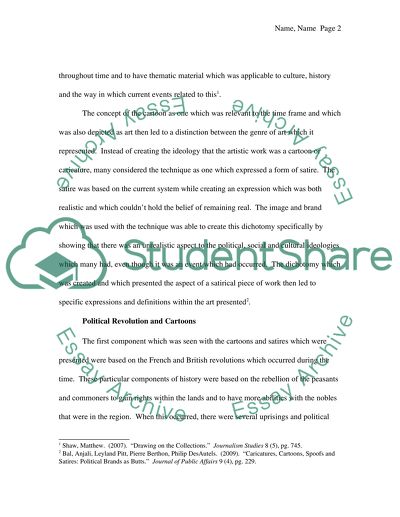Cite this document
(“ART AND EXPERIENCE Essay Example | Topics and Well Written Essays - 2500 words”, n.d.)
Retrieved from https://studentshare.org/environmental-studies/1417901-art-and-experience
Retrieved from https://studentshare.org/environmental-studies/1417901-art-and-experience
(ART AND EXPERIENCE Essay Example | Topics and Well Written Essays - 2500 Words)
https://studentshare.org/environmental-studies/1417901-art-and-experience.
https://studentshare.org/environmental-studies/1417901-art-and-experience.
“ART AND EXPERIENCE Essay Example | Topics and Well Written Essays - 2500 Words”, n.d. https://studentshare.org/environmental-studies/1417901-art-and-experience.


